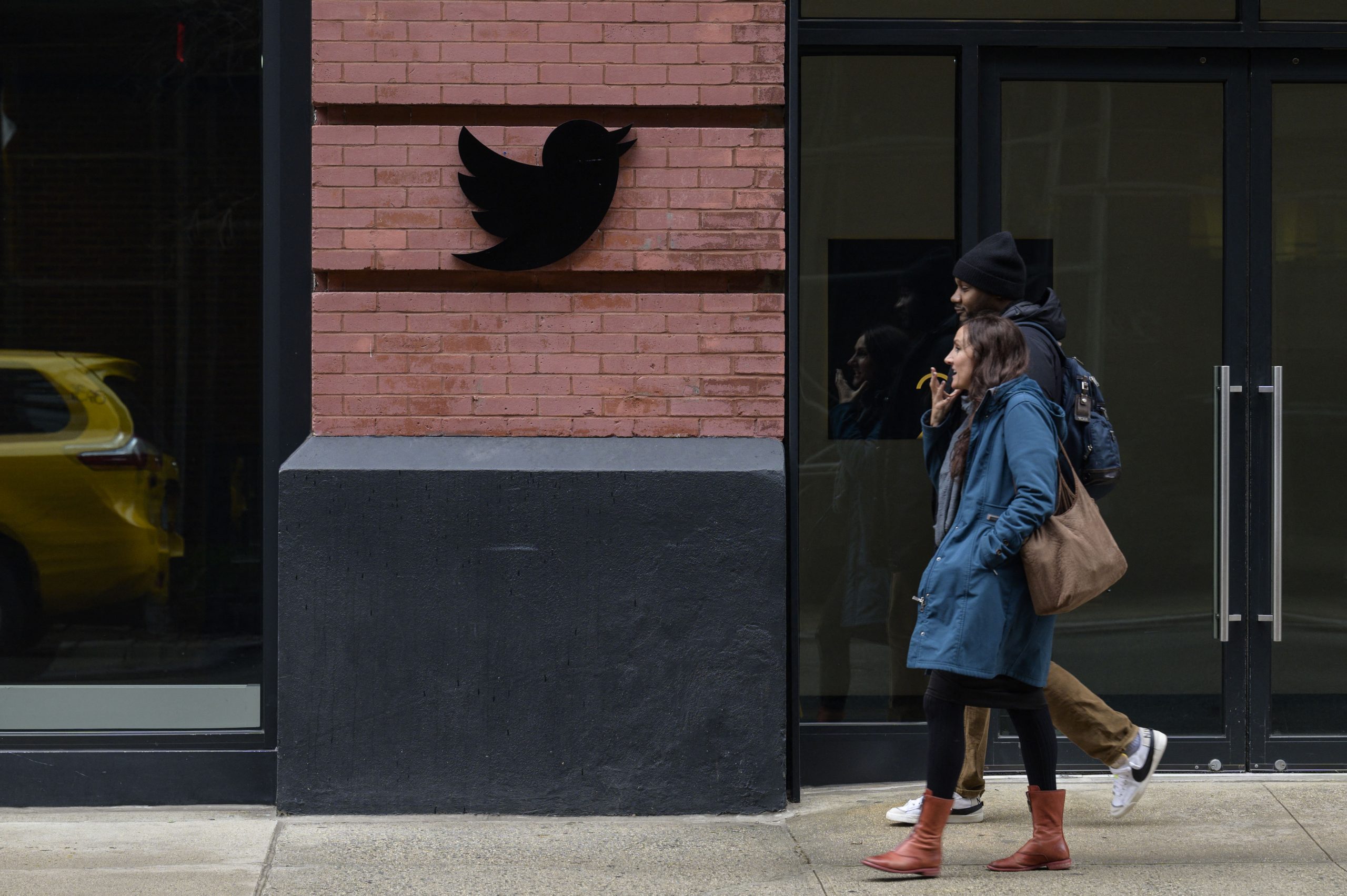Alphabet CEO Sundar Pichai opened his company’s latest earnings announcement by boasting about “great momentum in Cloud, YouTube subscriptions, and our Pixel devices.” But read a little further, and the numbers show a company is struggling to grow: its revenue for the holiday quarter — the big one for many companies, especially those in the ad business — was essentially flat compared to 2021. It also had worse margins, meaning it was earning less on the money it did spend.
Alphabet, Google’s parent company, had an incredible run during the pandemic, posting incredible revenues in 2021 and achieving record profits several quarters in a row. But throughout 2022, its momentum has cooled; its revenue has grown at a slower pace, and its profits have shrunk.
The company reports that it brought in almost $283 billion in revenue last year, a 10 percent increase from 2021. However, 2021’s $257.6 billion in revenue represented 41 percent growth — meaning the company’s rate of revenue growth has more than halved. Meanwhile, its profits shrank year over year; in 2021, Alphabet earned $76 billion in profits. For 2022, that number shrank to just under $60 billion, a decrease of around 21 percent.
It’s a worse story looking at just Q4 2022. Google brought in $76 billion in revenue, a mere 1 percent gain over Q4 2021. It also earned fewer profits — $13.6 billion vs. $20.6 billion — and made a 24 percent margin versus 29 percent.
Several of Google’s main sources of revenue are down year over year: advertising is down by over $2 billion, with services (a category that includes Android, Chrome, hardware, Google Maps, Google Play, Search, and YouTube) taking a $1.5 billion hit compared to Q4 2021. It also spent over $1.5 billion more on research and development.
As for the Cloud, YouTube Subscriptions, and Pixels, Google doesn’t provide direct info on how much it makes off of hardware alone. It did, however, only incur $480 million in losses on Cloud in Q4 2022 vs. $890 million in the same quarter the previous year. It made around $670 million less in YouTube advertising, but it did significantly hike the price of a family plan to YouTube Premium in October. During an earnings call, Pichai said that YouTube Music and Premium had over 80 million subscribers (though that number does seemingly include trials). The company previously announced that figure in November.
In October, during the company’s earnings call for Q3, CFO Ruth Porat said that the company’s “actions to slow the pace of hiring will become more apparent in 2023.” That’s definitely the case — earlier this month, Pichai announced that the company would be laying off 12,000 people after months of warning about the company having to sharpen its focus and facing difficult economic conditions. The company says it’ll be spending anywhere from $1.9 billion to $2.3 billion in severance costs.
Despite the layoffs, Alphabet reports that its workforce is still larger than it was last quarter — the company reports it has 190,234 employees, while it said it had 186,779 in October.
The company is making cuts in other areas, too. According to its earnings report, it expects to spend around $500 million in “exit costs relating to office space reductions” in the first quarter of 2023.
The impact from much of the recent Alphabet news will likely extend far outside the quarter past. Over the next year or more, the company will have to contend with a massive DOJ lawsuit that alleges it has monopoly power over online advertising, a similar suit over its search dominance, and the rise of AI chatbots, which has reportedly concerned the company. It also just launched its revenue sharing program for YouTube Shorts in a bid to further compete with TikTok. (Some things, however, probably won’t be ongoing concerns — Stadia was shut down in January, and it seems unlikely it’ll continue to impact Alphabet’s financials.)
Update February 2nd, 5:47PM ET: added YouTube Music and Premium subscriber numbers.
#Google #struggled #grow #holidays #great #momentum #YouTube #Pixels






